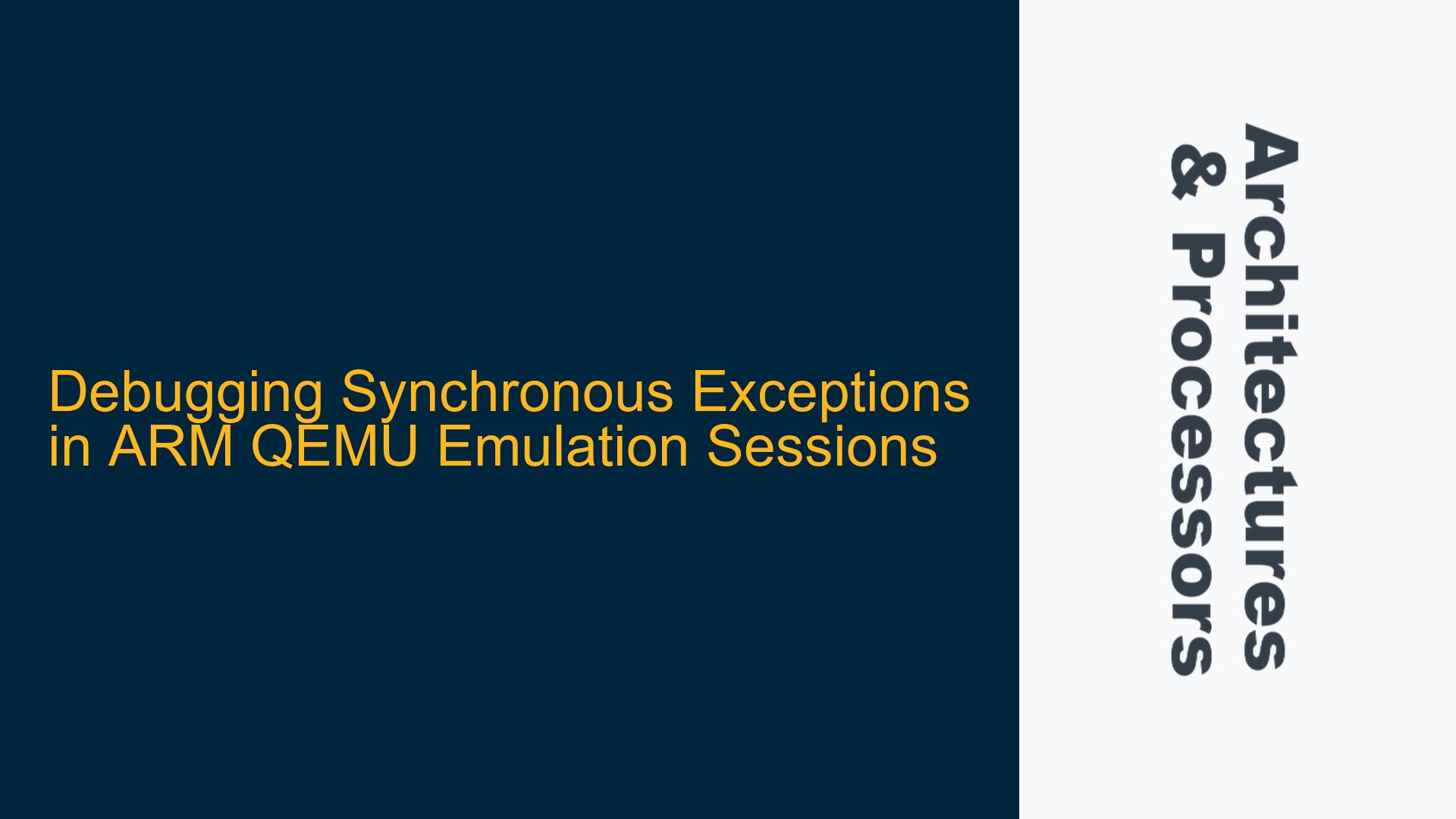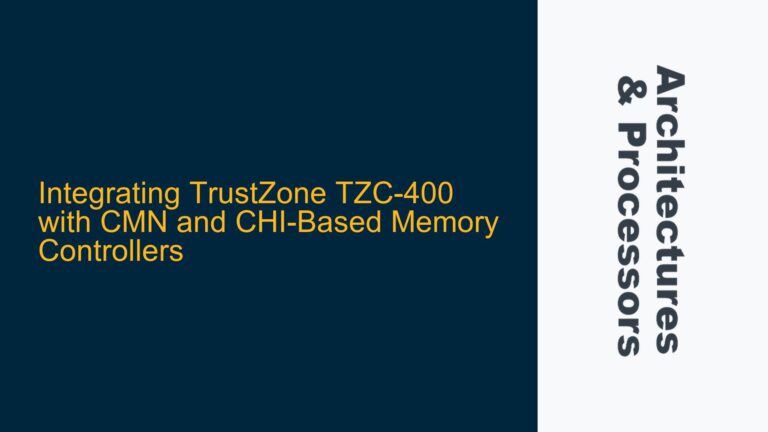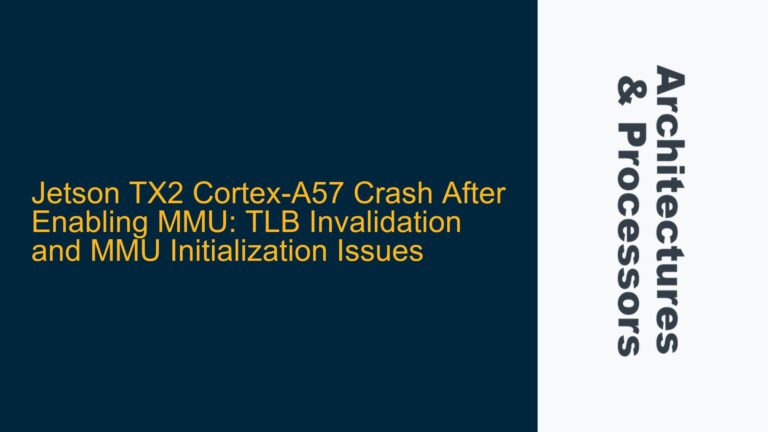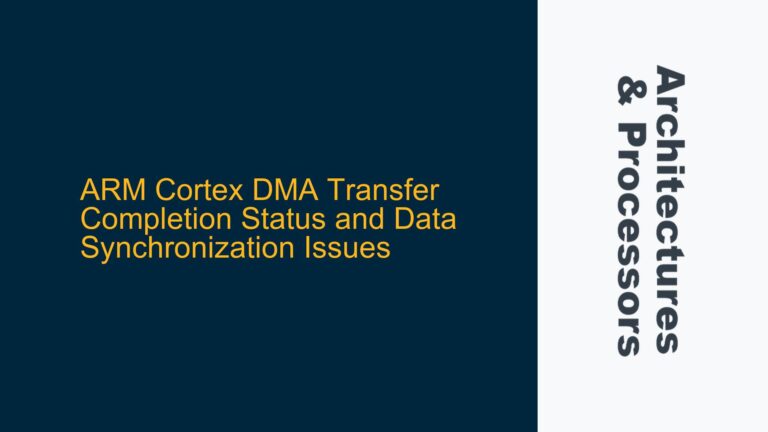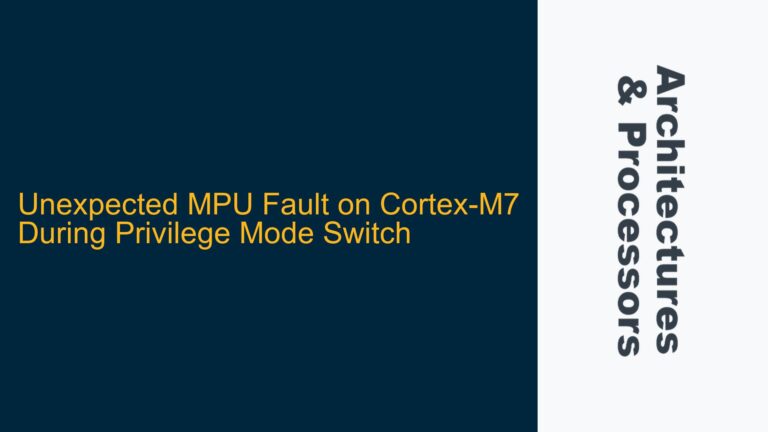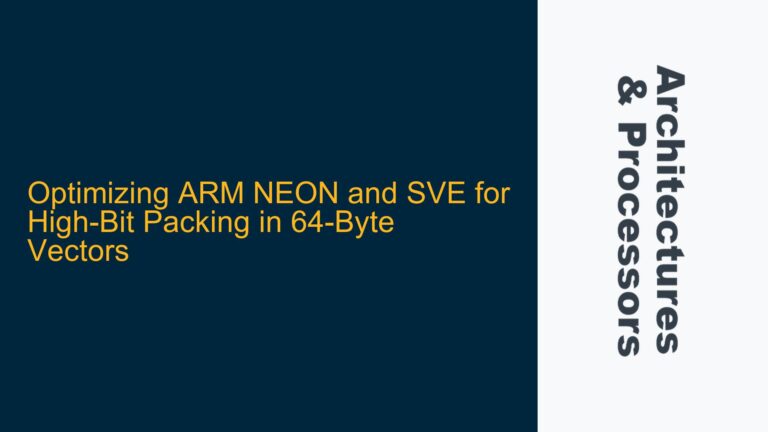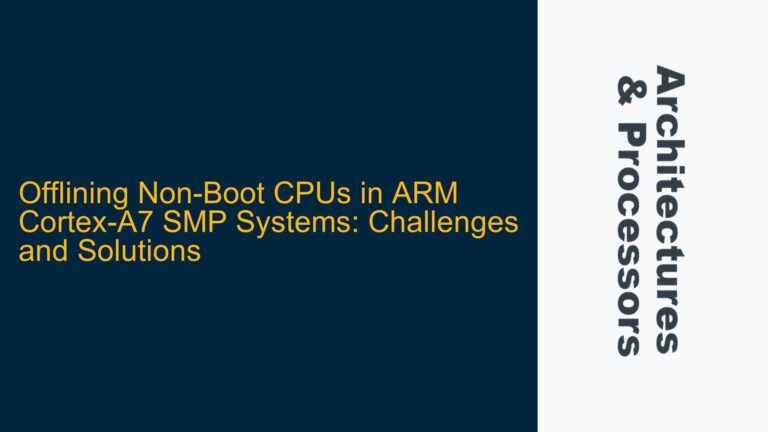ARM Cortex-M Synchronous Exception Handling in QEMU
Synchronous exceptions in ARM Cortex-M processors occur when the processor encounters an issue that prevents the normal execution of an instruction. These exceptions are precise, meaning they are triggered immediately after the offending instruction is executed, and the processor state is well-defined at the point of the exception. Common examples include undefined instructions, memory access faults, and division by zero errors. When running ARM code in a QEMU emulation session, debugging these exceptions can be challenging due to the abstraction layer introduced by the emulator. QEMU provides a virtualized environment that mimics ARM hardware, but it does not always replicate the exact behavior of physical hardware, especially when it comes to low-level exceptions and interrupts.
In a typical ARM Cortex-M system, synchronous exceptions are handled by the processor’s exception model, which involves the use of vector tables, stack frames, and exception handlers. The vector table contains addresses of exception handlers, and when an exception occurs, the processor saves the current state (including the program counter, processor status register, and other key registers) onto the stack and jumps to the appropriate handler. However, in QEMU, the emulated environment may not always accurately reflect the state of the processor at the point of the exception, making it difficult to diagnose the root cause.
One of the key challenges in debugging synchronous exceptions in QEMU is the lack of visibility into the internal state of the emulated processor. While QEMU provides debugging capabilities through GDB, the information available may not be sufficient to pinpoint the exact cause of the exception. For example, QEMU may not provide detailed information about the memory access that caused a fault, or it may not accurately reflect the state of the processor’s registers at the point of the exception. This lack of visibility can make it difficult to determine whether the exception is caused by a bug in the code, a misconfiguration of the emulated hardware, or an issue with the QEMU emulation itself.
Another challenge is the potential for discrepancies between the behavior of the emulated hardware and real hardware. QEMU is designed to provide a high-level emulation of ARM processors, and it may not accurately replicate all the nuances of the hardware. For example, QEMU may not enforce memory protection boundaries in the same way as real hardware, or it may not handle certain edge cases in the same way. These discrepancies can lead to situations where code runs correctly on real hardware but fails in QEMU, or vice versa.
To effectively debug synchronous exceptions in QEMU, it is essential to have a thorough understanding of the ARM Cortex-M exception model, as well as the specific behavior of the emulated hardware. This includes understanding how exceptions are triggered, how the processor state is saved and restored, and how the exception handlers are invoked. It also requires familiarity with the debugging tools provided by QEMU, including GDB, and the ability to interpret the information provided by these tools.
Misaligned Memory Access and Undefined Instruction Exceptions
One of the most common causes of synchronous exceptions in ARM Cortex-M processors is misaligned memory access. ARM processors typically require that memory accesses be aligned to the size of the data being accessed. For example, a 32-bit word access must be aligned to a 4-byte boundary, and a 16-bit halfword access must be aligned to a 2-byte boundary. If an instruction attempts to access memory at an unaligned address, the processor will generate a synchronous exception. This is particularly common in code that involves pointer arithmetic or direct memory manipulation.
In QEMU, misaligned memory access exceptions can be particularly tricky to debug because the emulator may not always enforce alignment requirements in the same way as real hardware. For example, QEMU may allow certain types of misaligned accesses to proceed without generating an exception, or it may generate an exception in cases where real hardware would not. This can lead to situations where code behaves differently in QEMU than it does on real hardware, making it difficult to diagnose the root cause of the exception.
Another common cause of synchronous exceptions is the execution of undefined instructions. ARM Cortex-M processors have a well-defined instruction set, and any attempt to execute an instruction that is not part of this set will result in an undefined instruction exception. This can occur if the program counter becomes corrupted and points to an invalid memory location, or if the code contains an invalid instruction due to a bug or a misconfiguration.
In QEMU, undefined instruction exceptions can be difficult to debug because the emulator may not always provide detailed information about the offending instruction. For example, QEMU may not accurately reflect the state of the program counter at the point of the exception, or it may not provide a disassembly of the offending instruction. This can make it difficult to determine whether the exception is caused by a bug in the code, a misconfiguration of the emulated hardware, or an issue with the QEMU emulation itself.
Other potential causes of synchronous exceptions in QEMU include stack overflows, memory protection violations, and division by zero errors. Stack overflows occur when the stack pointer exceeds the allocated stack space, leading to memory corruption and potential exceptions. Memory protection violations occur when an instruction attempts to access a memory region that is protected by the Memory Protection Unit (MPU) or other memory protection mechanisms. Division by zero errors occur when an instruction attempts to divide a value by zero, which is an illegal operation.
In QEMU, these exceptions can be particularly challenging to debug because the emulator may not always provide detailed information about the cause of the exception. For example, QEMU may not accurately reflect the state of the stack pointer at the point of a stack overflow, or it may not provide detailed information about the memory access that caused a protection violation. This lack of visibility can make it difficult to determine the root cause of the exception and to develop an effective solution.
Analyzing Exception Handlers and Implementing Debugging Strategies
To effectively debug synchronous exceptions in QEMU, it is essential to analyze the exception handlers and implement a systematic debugging strategy. The first step in this process is to examine the exception handler that is invoked when the exception occurs. In ARM Cortex-M processors, the exception handler is responsible for saving the processor state, diagnosing the cause of the exception, and taking appropriate action to recover from the exception. The handler may also log diagnostic information, such as the value of the program counter, the stack pointer, and other key registers, which can be used to diagnose the root cause of the exception.
In QEMU, the exception handler may not always provide detailed diagnostic information, so it is important to augment the handler with additional logging and debugging capabilities. This can be done by adding custom code to the handler that logs the state of the processor and the memory at the point of the exception. For example, the handler can log the value of the program counter, the stack pointer, and other key registers, as well as the contents of the memory locations that were being accessed at the time of the exception. This information can then be used to diagnose the root cause of the exception.
Another important step in debugging synchronous exceptions in QEMU is to use the debugging tools provided by QEMU, such as GDB. GDB can be used to set breakpoints, inspect the state of the processor, and step through the code to identify the exact point at which the exception occurs. When using GDB with QEMU, it is important to set breakpoints at key locations in the code, such as the entry point of the exception handler, and to inspect the state of the processor at these breakpoints. This can help to identify the sequence of instructions that led to the exception and to diagnose the root cause of the issue.
In addition to using GDB, it is also important to analyze the memory map of the emulated system and to ensure that the memory regions being accessed by the code are correctly configured. This includes checking the alignment of memory accesses, ensuring that the stack is properly allocated, and verifying that the memory protection settings are correctly configured. In QEMU, the memory map can be inspected using the info mem command in GDB, which displays the memory regions that are mapped in the emulated system. This information can be used to identify potential issues with memory alignment, stack allocation, and memory protection.
Finally, it is important to consider the possibility that the exception may be caused by a bug or misconfiguration in the QEMU emulation itself. In some cases, QEMU may not accurately replicate the behavior of real hardware, leading to situations where code behaves differently in QEMU than it does on real hardware. To diagnose these issues, it may be necessary to compare the behavior of the code in QEMU with its behavior on real hardware, and to identify any discrepancies. This can be done by running the code on both QEMU and real hardware, and by comparing the results of the two runs. If discrepancies are found, it may be necessary to modify the QEMU configuration or to report the issue to the QEMU development team.
In conclusion, debugging synchronous exceptions in QEMU requires a thorough understanding of the ARM Cortex-M exception model, as well as the specific behavior of the emulated hardware. It also requires the use of systematic debugging strategies, including the analysis of exception handlers, the use of debugging tools such as GDB, and the inspection of the memory map of the emulated system. By following these steps, it is possible to diagnose the root cause of synchronous exceptions in QEMU and to develop effective solutions to these issues.
